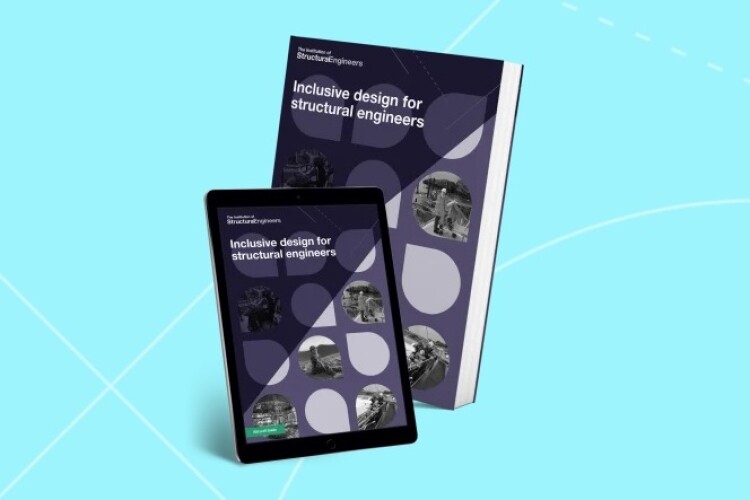Structural engineers can play their part in making sure that buildings are not just wheelchair accessible and encompass the needs of occupants with physical mobility issues, but also account for ethnicity, gender and neuro-divergence.
The Institution of Structural Engineers (IStructE) has produced guidance explaining how, both for new buildings and retrofitting.
Inclusive design for structural engineers argues that taking account of the need of users brings economic benefits, whether it is in residential buildings, public spaces, stadia or historic buildings.
IStructE technical director Patrick Hayes said: “We are publishing this guidance as it’s important to understand that inclusive design should be a feature of every project, without exception. Inclusive design does not just refer to buildings, but also the places, spaces, and services we use.”
The foreword to the publication is written by inclusive design consultant Ed Warner, who says: “The structural engineer has a unique opportunity to influence the design of the built environment ensuring the safety of the public realm, as well as the quality of experiences people have in buildings and spaces.

“Engineers are one of the first specialist consultants involved in a building project and if they can make inclusive design considerations from the start and offer healthy challenge to the wider design team at each stage of design and construction, this will help create buildings and spaces that are inclusive, welcoming, and equitable for everyone.”
He adds: “Considered from the outset, inclusive design can provide a positive return on investment through increased footfall and revenue for businesses along with the ability to recruit and retain employees from a broad and more diverse talent pool.
“If we are to build a world where everyone feels safe, welcome, and valued, inclusive design should be at the heart of all stages of design and be the responsibility of all built environment professionals. Inclusive design does not have to add significant cost to a project.”
Tanya de Hoog, incoming president of IStructE, who has has written a section with architect Jennifer Carpenter about designing for neuro-inclusion, said: “Our sensory response to the built environment is determined by how our brains process sensory inputs from that space. This is different for everyone. So it’s important for structural engineers, architects, and designers to have an awareness, and understand the opportunities for making buildings welcoming to the broadest diversity of brain function.”
Publication of Inclusive design for structural engineers comes five months after the Royal Institute of British Architects (RIBA) published a similar guide for its members, The Inclusive Design Overlay to the RIBA Plan of Work.
Got a story? Email news@theconstructionindex.co.uk



